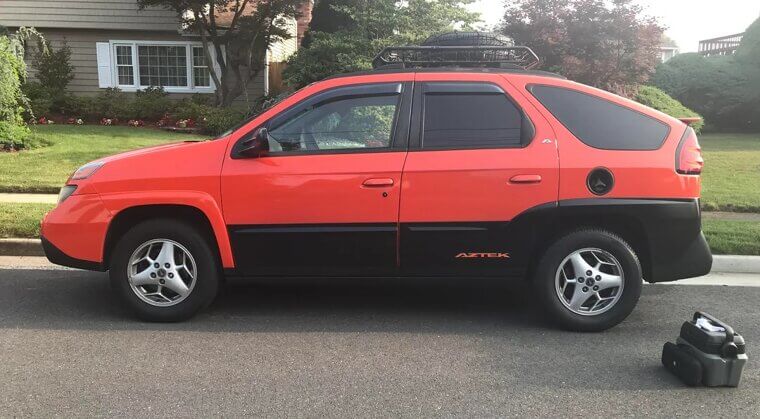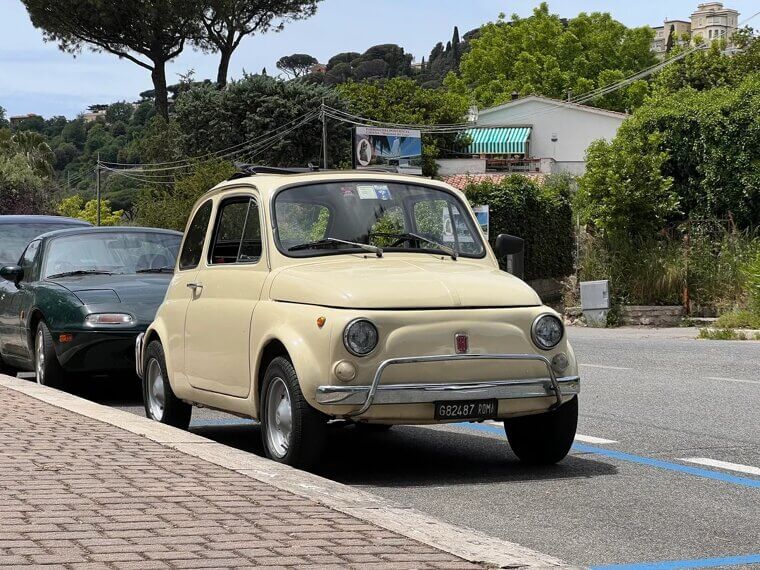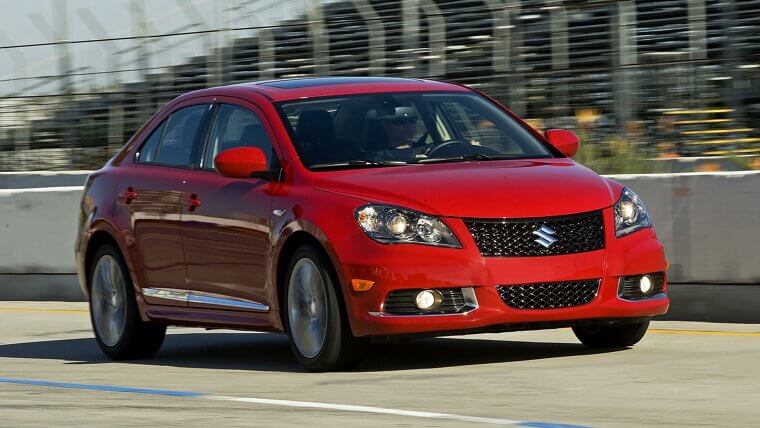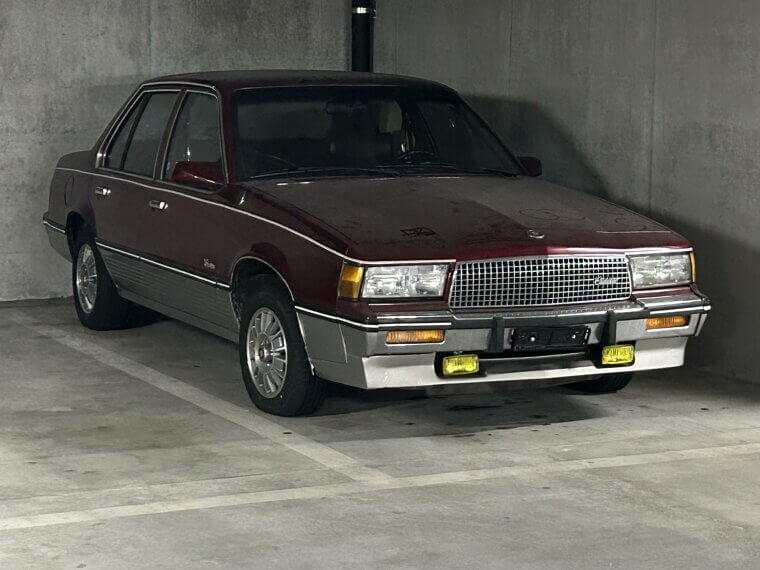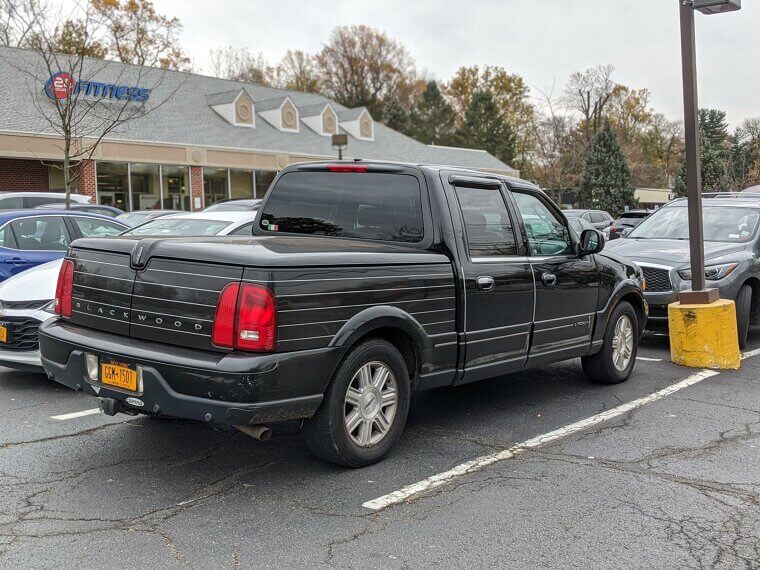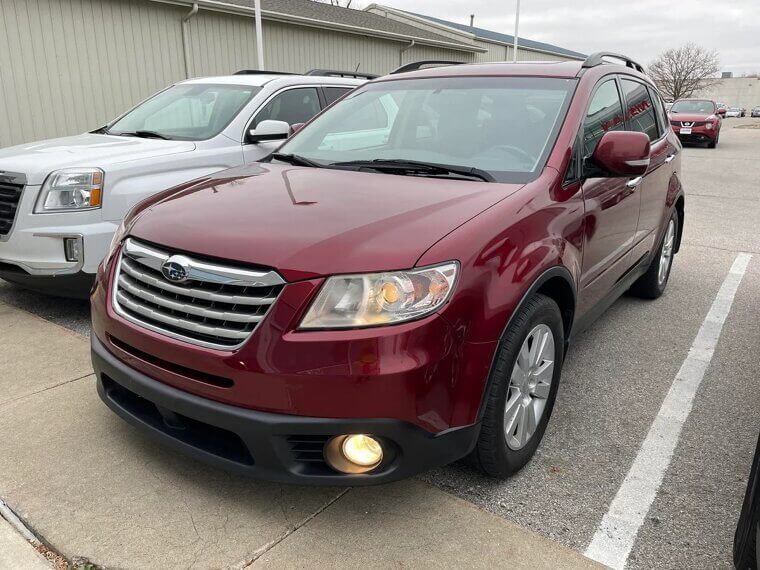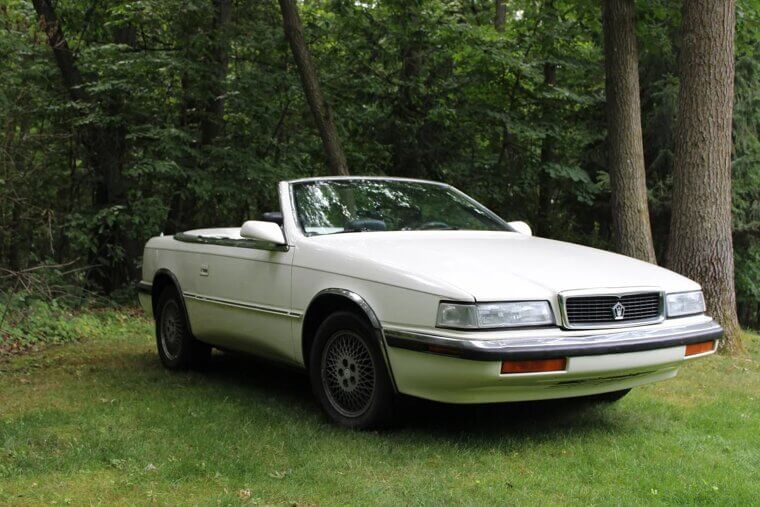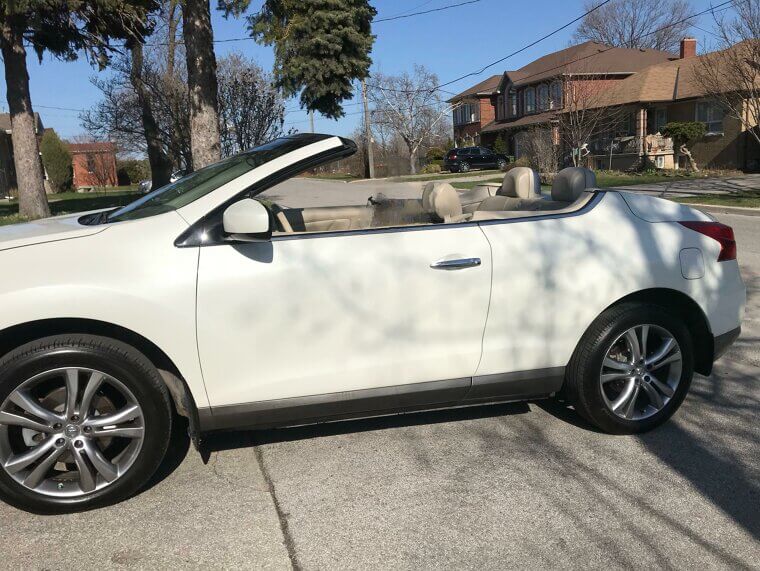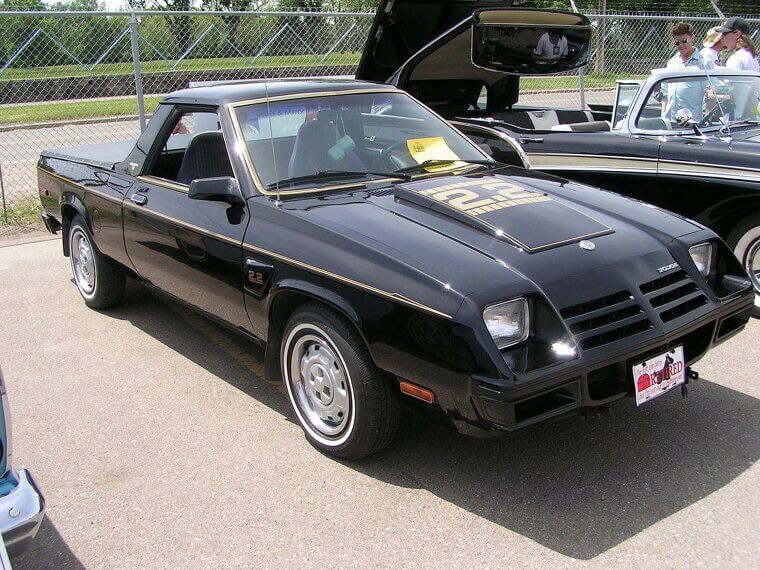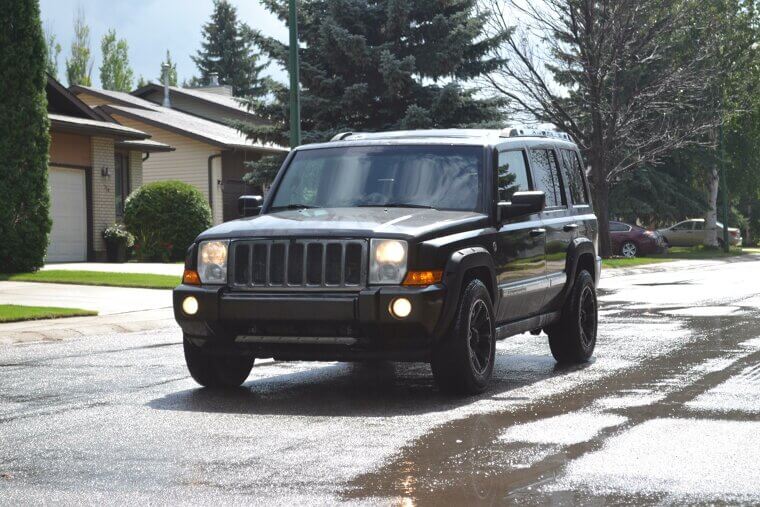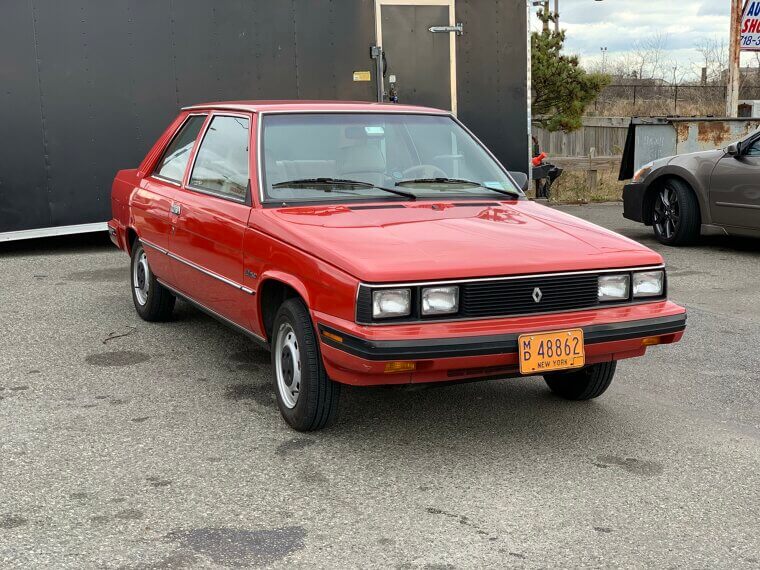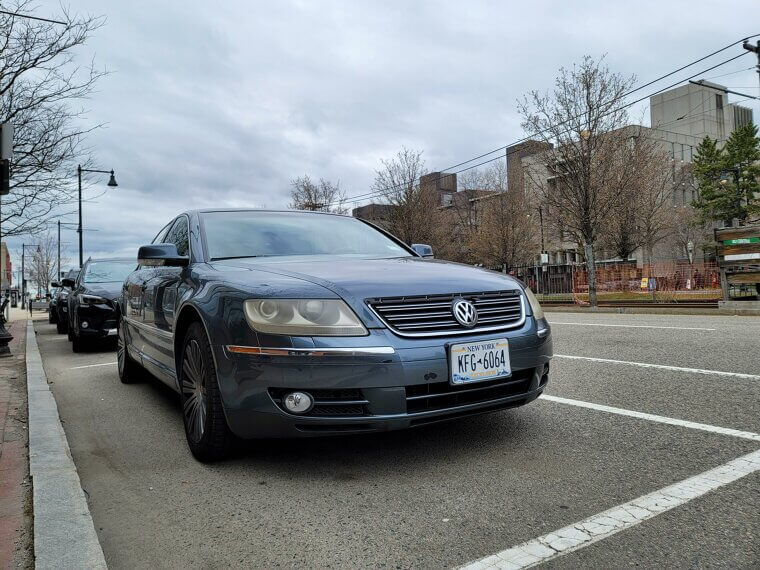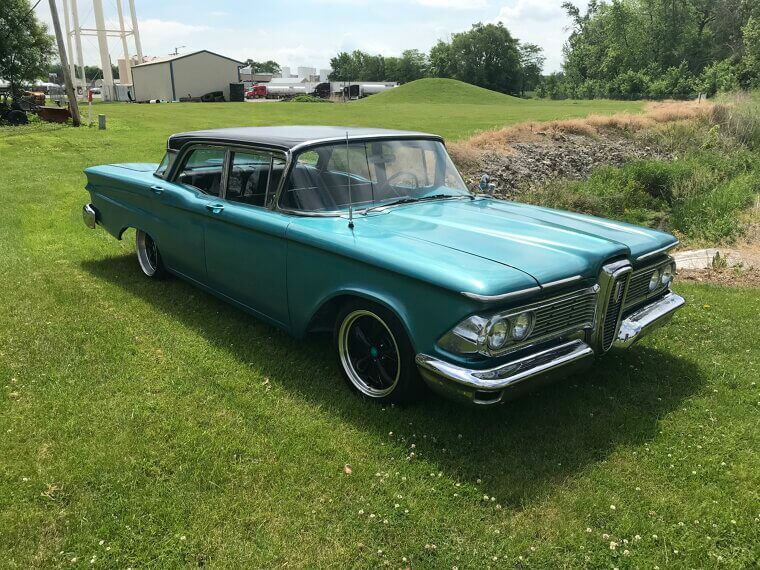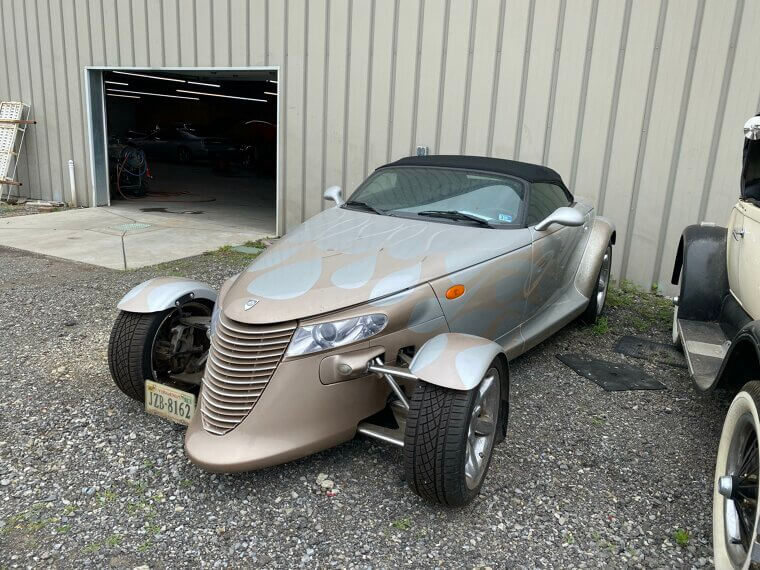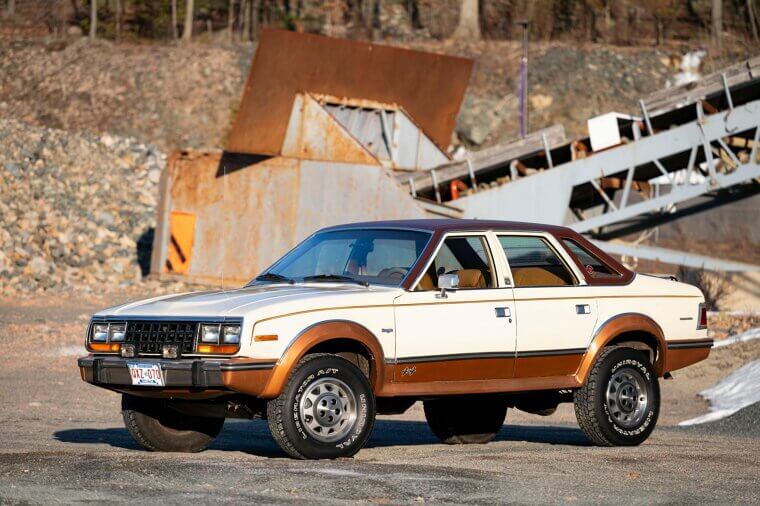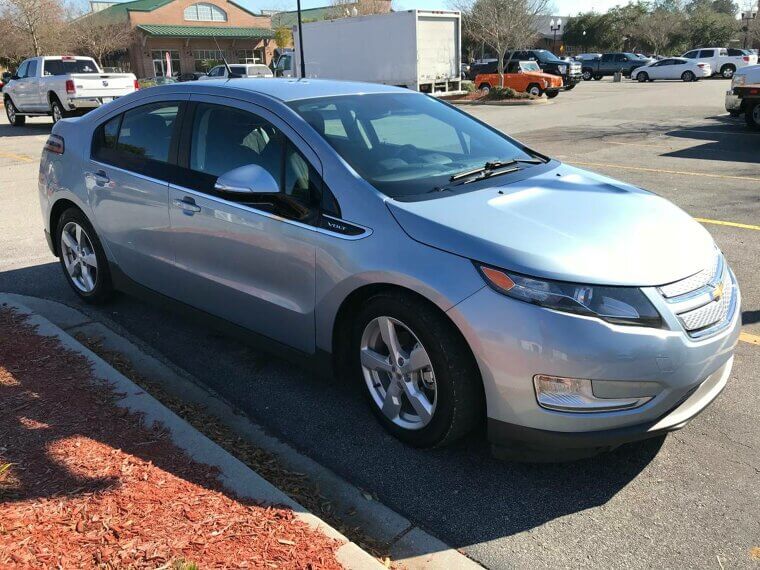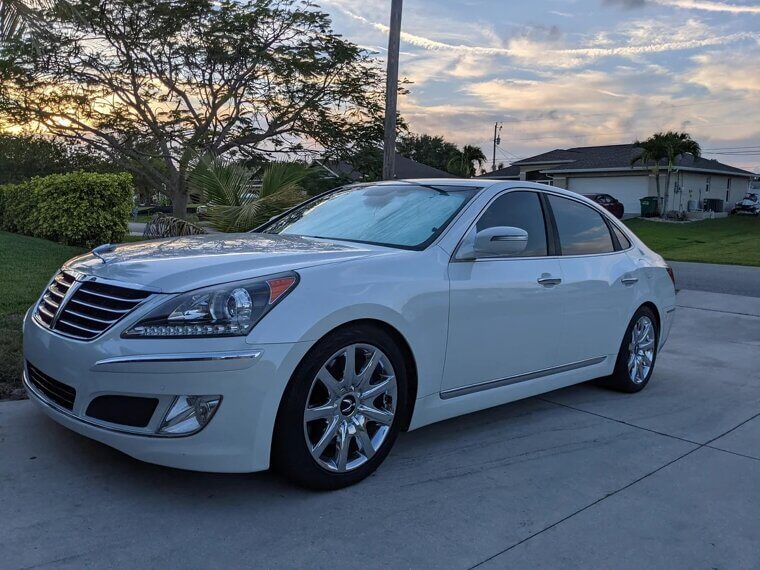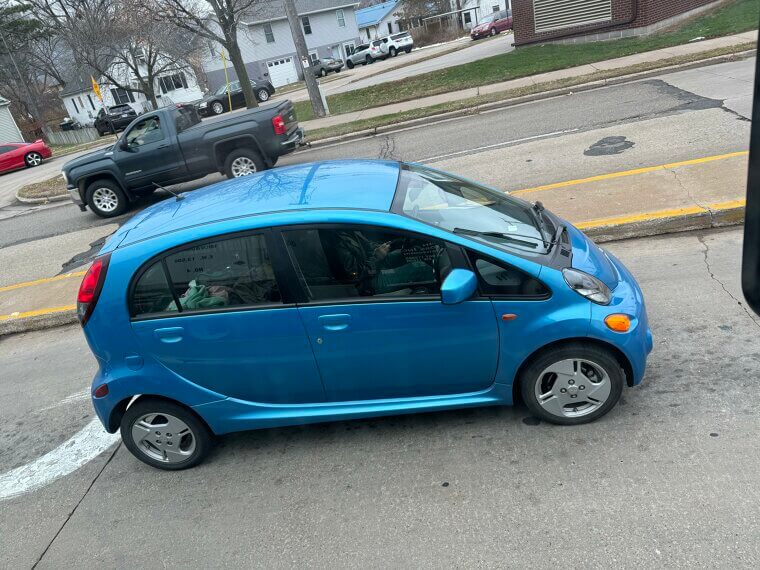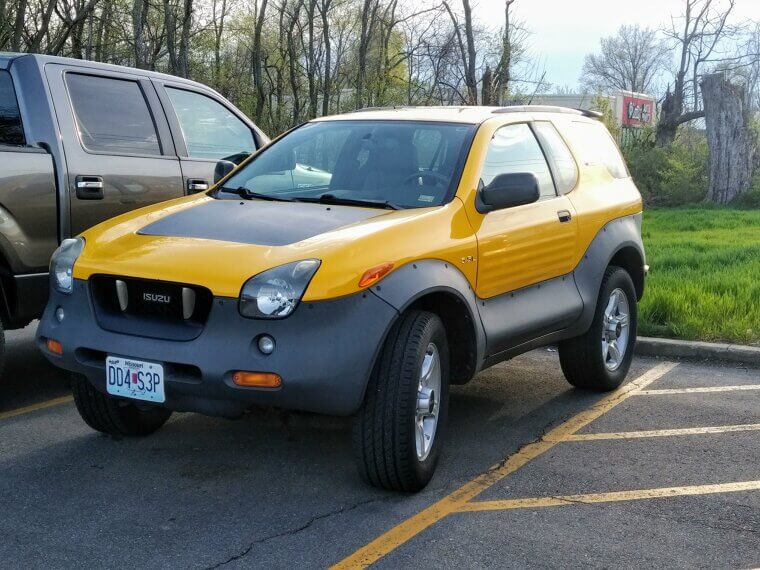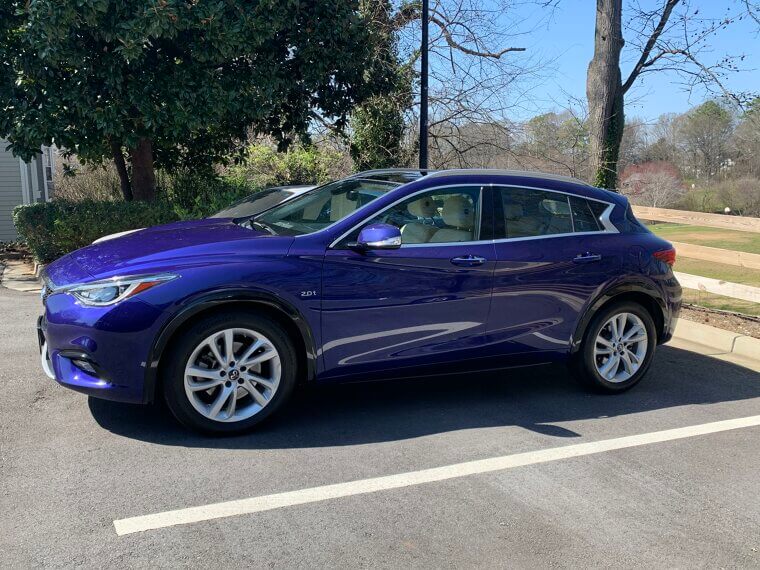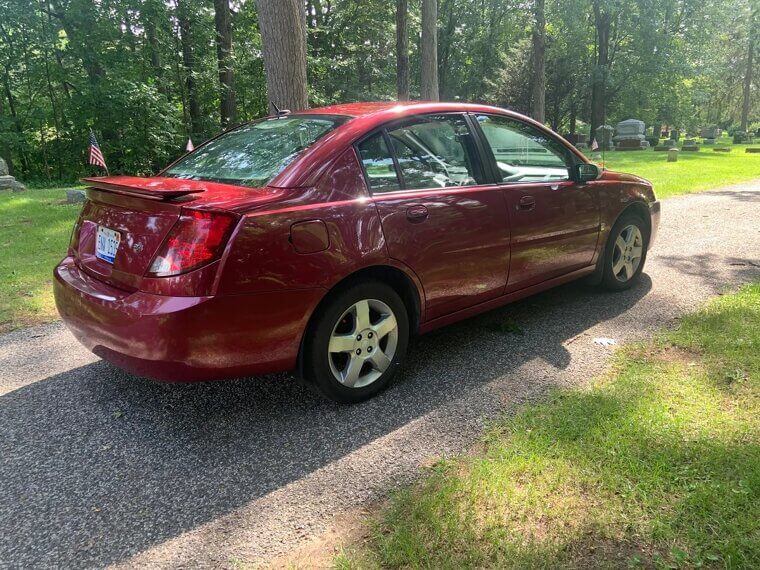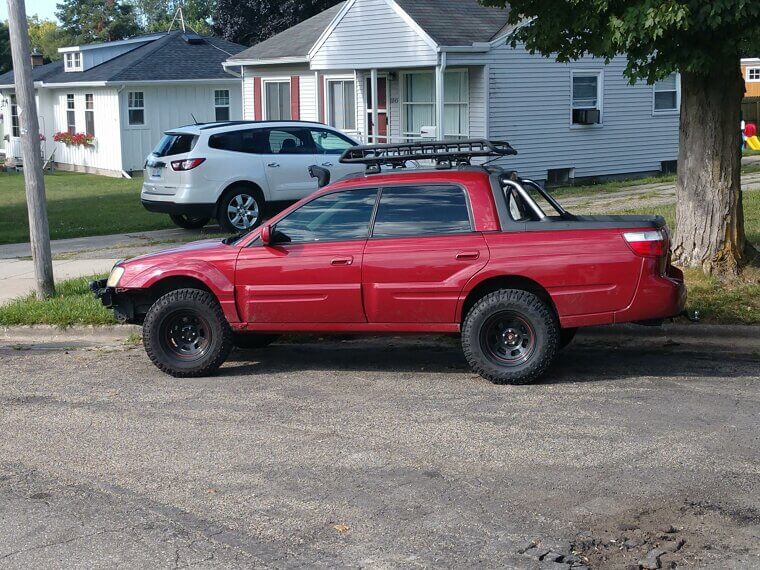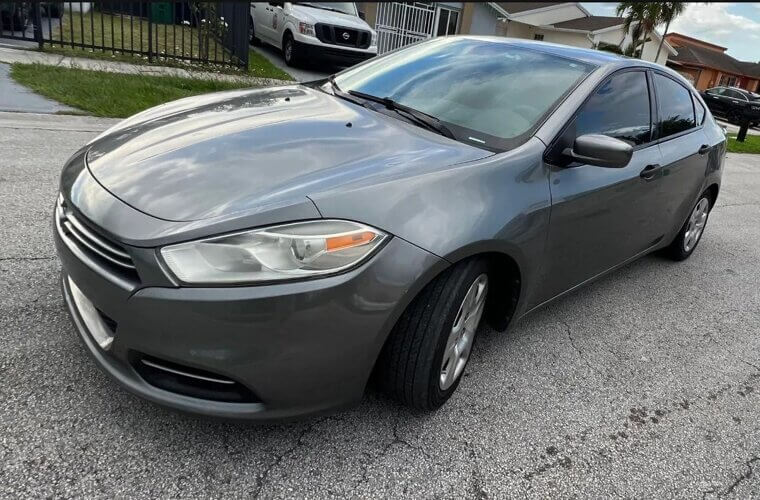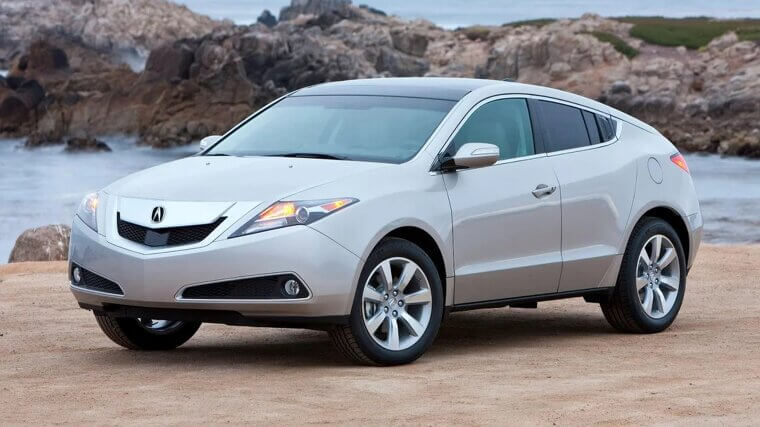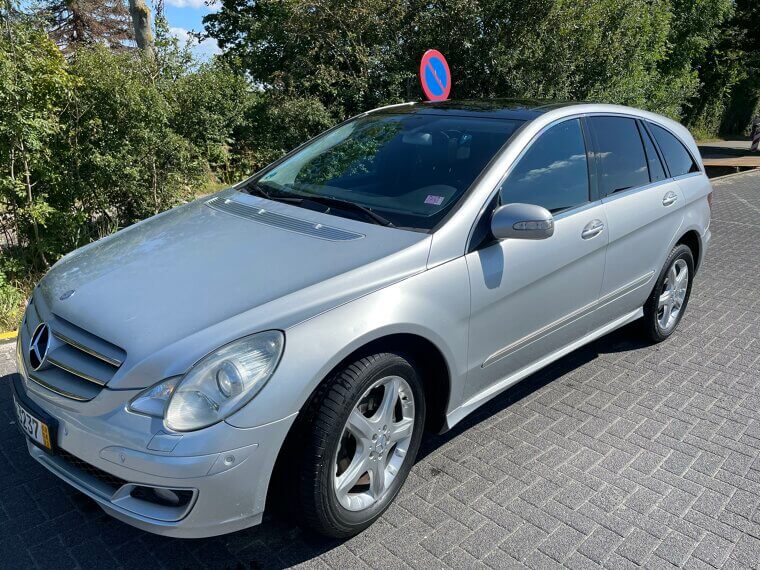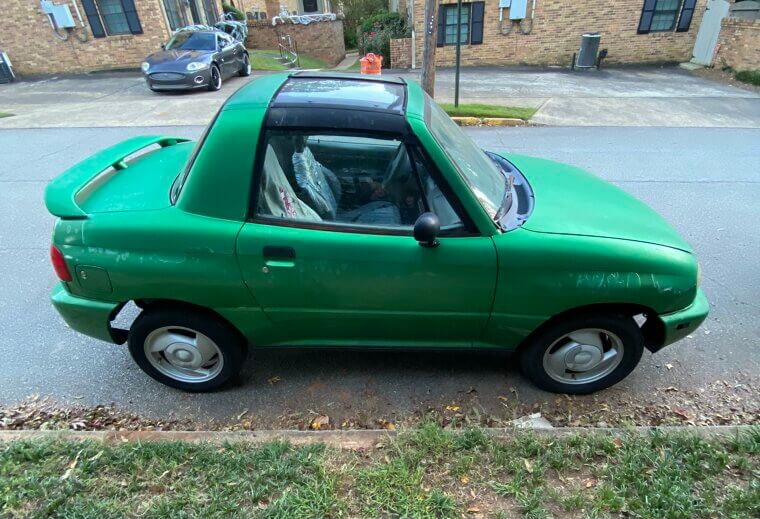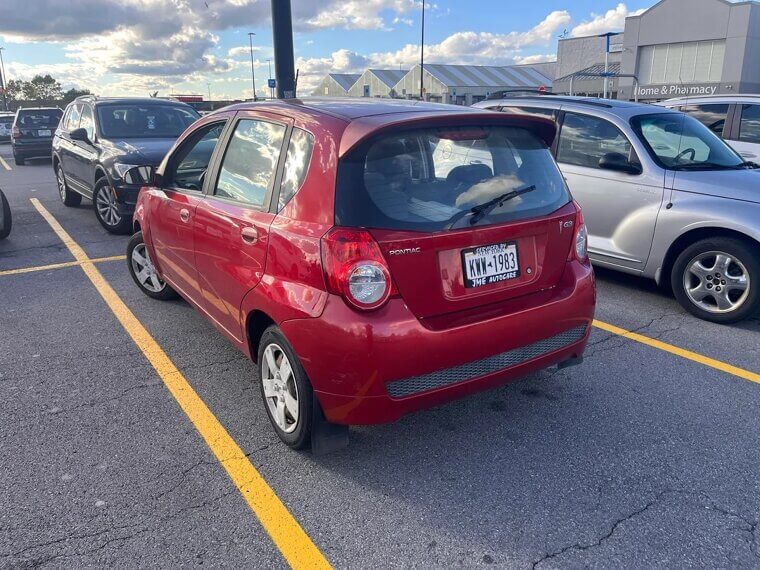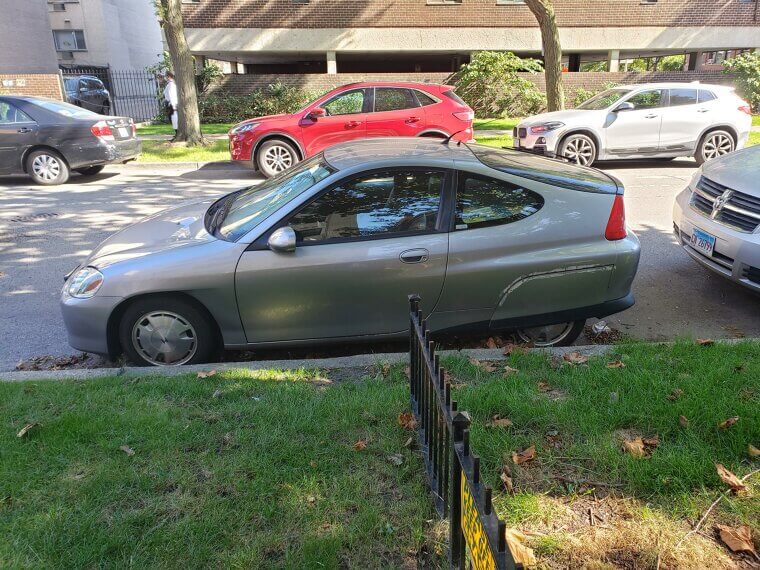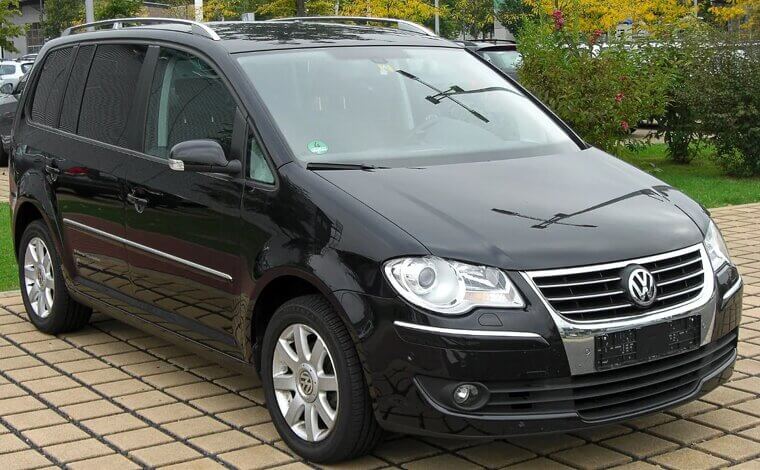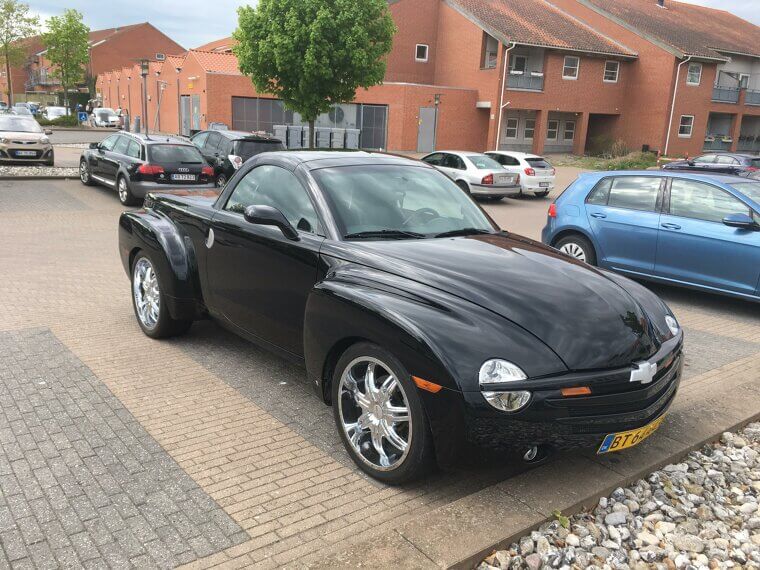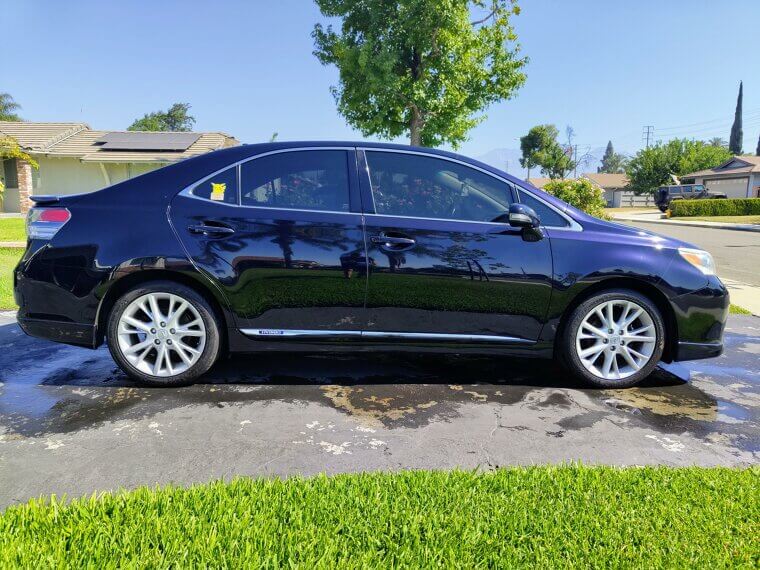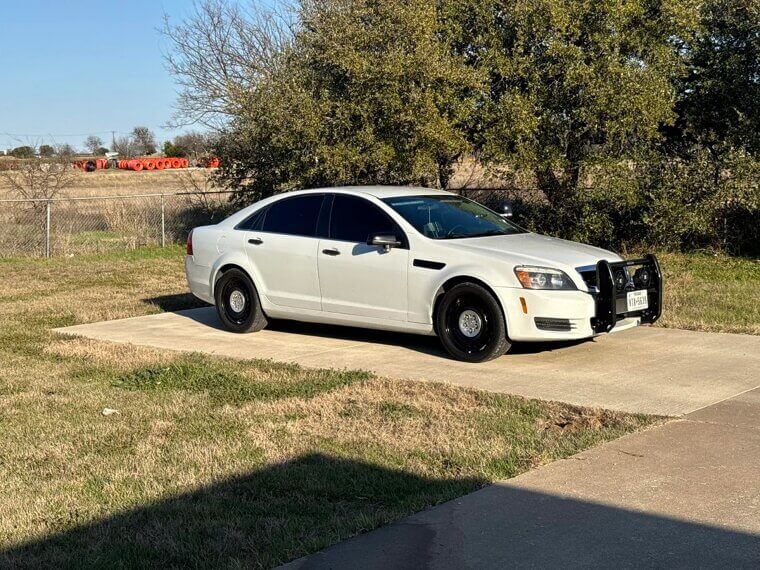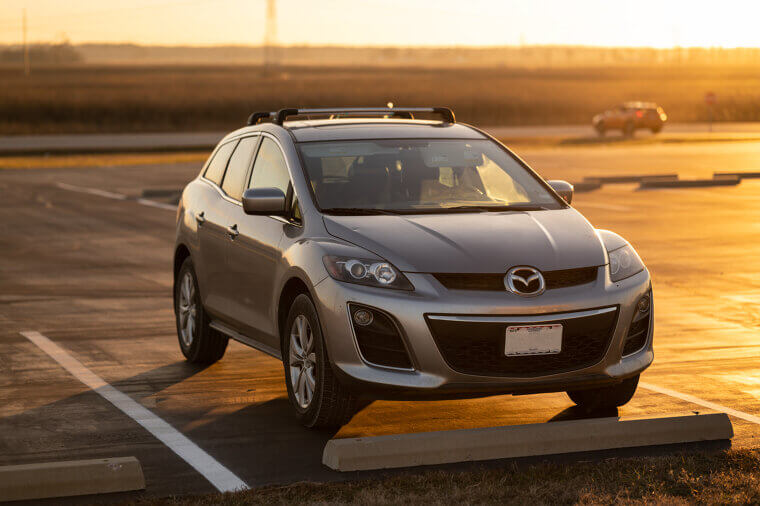Pontiac Aztek
Although it was meant to be edgy, the Pontiac Aztek ended up a punchline. Its mismatched body panels confused buyers despite having a camping package and built-in cooler. Only 27,793 were sold in 2001. Yikes.
Fiat 500L
Take the cute Fiat 500, stretch it into a weird jellybean, and voila—500L. It had the soul of a minivan and the handling of a shopping cart. Drivers complained about everything, from reliability to the janky infotainment system. It left U.S. showrooms in 2020, and few shed a tear.
Suzuki Kizashi
The Kizashi had a name that sounded like sushi and a personality as bland as overcooked rice. It handled well and looked decent, but nobody knew it existed. Going head-to-head with the Camry? Bold move. Suzuki left the US market three years later.
Cadillac Cimarron
This 80s misfire tried to convince buyers a Chevy Cavalier with leather seats was luxury. Spoiler: they weren’t fooled. It was overpriced and underpowered, and it hurt Cadillac’s reputation. By the time GM admitted it was rushed to market, people already had the impression that it was junk in a tuxedo. And yes, sales were pathetic.
Lincoln Blackwood
A luxury pickup with a carpeted bed (yes, really), the Blackwood tried to be everything and ended up nothing. 3,383 units were sold before it was yanked in 2002. It didn't have a four-wheel drive, which was kind of a deal-breaker in a truck. Buyers were confused, but Ford moved on.
Subaru Tribeca
The Tribeca looked like it had a mustache made of chrome and a rear end borrowed from a toaster. It was too small for families, too bland for adventurers, and way too weird for casual buyers. Subaru fans love quirky, but this was pushing it. It disappeared with little fanfare.
Chrysler TC by Maserati
This oddball luxury coupe was born of a Chrysler-Maserati partnership that sounded better than it was. Expensive, underwhelming, and plagued by quality issues, it was a $33,000 LeBaron in Italian shoes. Nobody was impressed.
Nissan Murano CrossCabriolet
Convertible SUV? Bold. Done well? Not so much. The Murano CrossCabriolet debuted in 2011 with a weird shape and a $47,000 price tag. 11,000 sold before it was killed in 2014. MotorTrend called it “a head-scratcher of epic proportions.”
Dodge Rampage
Part car, part truck, the Rampage was a mullet on wheels. Introduced in 1982, it never caught on with truck buyers or car lovers. Dodge sold around 37,000 before pulling the plug. As one ad said: “The best of both worlds!” Buyers apparently wanted neither.
Sterling 825
A British import based on a Honda, the Sterling 825 had the reliability of a Honda buried under British electronics and poor quality. Plagued by rust and build issues, it disappeared after 1991, with fewer than 40,000 sold.
Jeep Commander
Boxy, bulky, and totally bland, the Commander looked like someone tried to turn a filing cabinet into a vehicle. It was too heavy, too thirsty for gas, and had third-row seats made for garden gnomes. Buyers wanted a Jeep adventure, not a rolling refrigerator.
Renault Alliance
Imported from France and built in Wisconsin, the Alliance was supposed to bring Euro flair to American roads. Instead, it brought electrical gremlins and reliability nightmares. Despite winning 1983’s “Car of the Year,” it tanked fast, proving that bad decisions can win awards.
VW Phaeton
Volkswagen really thought we’d drop luxury sedan money on a car with the same badge as your neighbor’s Beetle. The Phaeton was plush, powerful, and loaded with tech—but nobody was paying Audi prices for a car that screamed “mid-tier hatchback.”
Ford Edsel
Ah, the mother of all flops. Ford’s 1958 Edsel launch was so hyped it had its own TV special. But the car’s weird grille and high price bombed hard. It lasted just three years, costing Ford over $250 million. Business schools still teach it as a case study in marketing gone wrong.
Plymouth Prowler
This hot rod wannabe looked like it drove straight out of a cartoon. It had the looks, sure, but they forgot to give it any muscle. With just a V6 under the hood and zero practicality, it was all flair and no follow-through. The Prowler tried to be bold but ended up baffling.
AMC Eagle
The Eagle was part car, part SUV, and part prehistoric beast. AMC called it ahead of its time. Buyers called it confusing. It had off-road vibes with station wagon energy and somehow managed to look frumpy doing both. Cool concept, but tragic execution.
Chevrolet Volt
The Volt wanted to save the planet but forgot to make friends first. It was a plug-in hybrid before plug-ins were cool, but its high price and clunky styling made it more of a science project than a status symbol. People weren’t ready, and neither was Chevy. It fizzled out with more shrugs than sales.
Hyundai Equus
Hyundai tried to crash the luxury party with the Equus but showed up in a tuxedo from a discount store. Fancy features couldn’t overcome the badge snobbery. It was a $60K car that no one flexed. Smooth ride, sure—but drivers wanted Mercedes-level prestige, not a name that sounds like a Scrabble word.
Mitsubishi I-MiEV
Bless its electric little heart. The i-MiEV looked like a golf cart got a driver’s license. It had a top speed of “eventually” and range anxiety built in. It tried to be the future but stalled in the present. Buyers gave it a hard pass, and it quietly rolled into obscurity.
Isuzu VehiCROSS
Part SUV, part spaceship, the VehiCROSS had off-road capability but styling that scared buyers. Its short production run (1999–2001) sold under 6,000 in the US. It was cool in theory but clunky in the showroom.
Infiniti QX30
Luxury hatchback or compact crossover? Infiniti couldn’t decide, and neither could shoppers. With cramped interiors, weird styling, and a badge no one really understood, the QX30 skidded off dealer lots and went right back to the manufacturer. It tried to woo Millennials but forgot to actually be interesting.
Saturn Ion
The Ion was GM’s attempt at quirky cool. But what did we get? Plastic body panels, weird center-mounted gauges, and the interior charm of a microwave. Even Saturn fans squinted. Despite low prices, drivers just couldn’t vibe with the oddball energy.
Subaru Baja
Half-car, half-truck, all confusion. The Baja’s weird design and limited bed space left even loyal Subaru fans scratching their heads. Released in 2003, it managed just over 30,000 U.S. sales before fading out in 2006.
Dodge Dart (2013 Reboot)
The Dart came back from the ‘60s with a modern makeover and zero charisma. Dodge promised fun but delivered rental-car energy and underwhelming performance. It tried to be sporty but ended up stuck in traffic. After just four years, it got towed off the lineup.
Acura ZDX
Is it an SUV? A coupe? A doorstop? The ZDX was a visual riddle on wheels. Acura dared to be different, and the market dared to ignore it. With terrible visibility and an oddly sloped rear, it was less “statement car” and more “why, tho?” It vanished faster than a TikTok trend.
Mercedes-Benz R-Class
Mercedes thought, “Let’s make a minivan, but make it luxury.” Turns out nobody wanted a bougie bus. The R-Class was too long, too odd-looking, and not nearly cool enough for the price. Soccer moms weren’t sold, and neither were Mercedes loyalists. Awkward all around.
Suzuki X-90
This two-door SUV looked like it couldn’t decide if it was going to the beach or a demolition derby. It had a T-top roof and not much else. Marketed as fun and funky, it instead screamed “midlife crisis in progress.” Sales were laughably low, and so was the dignity.
Pontiac G3
The G3 was the party guest who showed up late and empty-handed. Small, uninspired, and badly timed, it was just a rebadged Daewoo. It offered nothing new, fun, or memorable – just the lingering question of “Why does this exist?” Buyers avoided it like a soggy sandwich.
Honda Insight (1st Gen)
Before the Prius stole the hybrid spotlight, Honda rolled out the Insight in 1999. Teardrop-shaped and awkwardly futuristic, it got 70 mpg but only seated two and looked like a jellybean in hiking boots. Less than 18,000 sold in the US.
Volkswagen Routan
Ah yes, VW’s brilliant idea to slap its badge on a Chrysler minivan and call it a day. The Routan fooled no one. It wasn’t German-engineered – it was rebranded beige. With a price hike and no real upgrades, it flopped hard.
Chevrolet SSR
A retro-styled convertible pickup nobody asked for, the SSR (Super Sport Roadster) looked fun but weighed over 4,700 lbs and cost over $40,000. Sales sputtered to 9,000 in 2004. As one auto writer put it, “All show, no go—or utility.”
Buick Cascada
Convertible? Check. Excitement? Missing. The Cascada felt like Buick’s midlife crisis – trying to be sporty while staying safe. It was a rebranded Opel, and it looked fine on paper but drove like decaf. Aimed at younger buyers who didn’t exist, it quietly exited stage left by 2019.
Lexus HS 250h
Lexus built a hybrid and then sucked the luxury right out of it. The HS 250h was painfully bland, with little personality and zero wow factor. Even loyal Lexus buyers said, “Hard pass.” It left US roads by 2012, forgotten faster than a salad at a BBQ.
Chevrolet Caprice PPV (Civilian Version)
Sure, it was great for cops – but Chevy tried to sell it to civilians, too. Spoiler: nobody wanted a car that screamed “pull over” every time they drove past. Big, bland, and loaded with awkward vibes, the civilian Caprice was basically a patrol car in casual Friday clothes.
Mazda CX-7
Mazda went for a sporty SUV and face-planted into turbo lag and mechanical issues. The CX-7 was cute but cursed with engine problems that even fans were worried about. It couldn’t keep up with the competition and disappeared from the market by 2012. Goodbye, bad ride.

